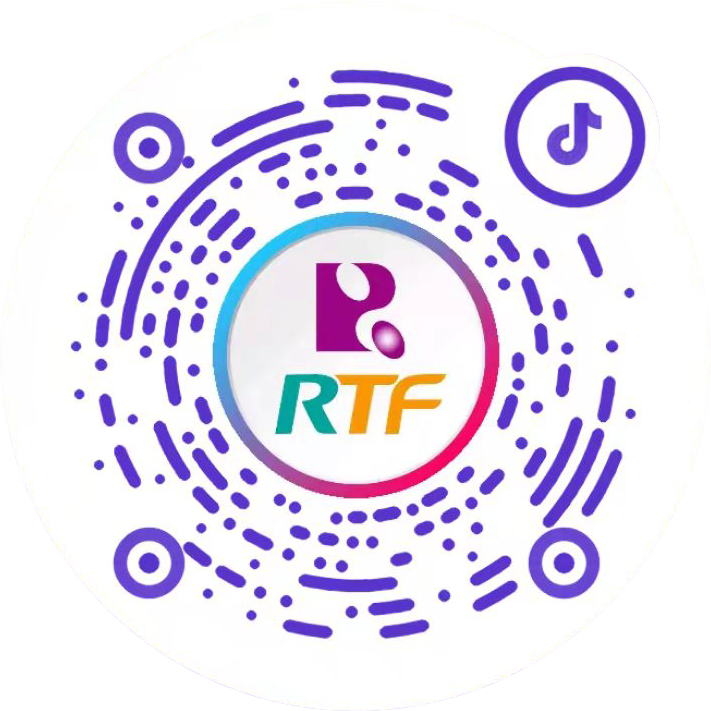
Digital Creation of the Future




European Parliament adopted its position on new EU-wide rules on plastic packaging on Nov 22, to tackle constantlygrowing waste and boost reuse and recycling.
Reduce packaging and ban “forever chemicals"
Apart from the overall packaging reduction targets proposed in the regulation (5% by 2030, 10% by 2035 and 15% by2040).members of the European Parliament(MEPs) also want to set specific targets to reduce plastic packaging(10% by 2030, 15% by 2035and 20% by 2040).
MEPs want to ban the sale of very lightweight plastic carrier bags (below15 microns), unless for hygiene reasons orprovided as primary packaging for loose food to help prevent food wastage.
They also propose to heavily restrict the use of certain single use packaging formats, such as hotel miniature packag-ing for toiletry products and shrink-wrap for suitcases in airports.
To prevent adverse health effects, MEPs ask for a ban on the use of“forever chemicals” (per- and polyfluorinatedalkyl substances or PFASs)and Bisphenol A in food contact packaging.
Encourage reuse and refill options
MEPs aim to clarify the requirements for packaging to be reused or refilled. Final distributors of beverages and take-away food in the food service sector, such as hotels, restaurants and cafés, should give consumers the option of bring-ing their own container.
Better collection and recycling of packaging waste
The new rules require that all packaging should be recyclable, fulfilling strict criteria to be defined through secondary legislation. Certain temporary exemptions are foreseen, such as wood and wax food packaging.
MEPs want EU countries to ensure that 90% of materials contained in packaging (plastic, wood, ferrous metals, alu-minium, glass, paper and cardboard) is collected separately by 2029.
The Parliament is ready to start talking with national governments on the final form of the law. once the Council hasadopted its position.